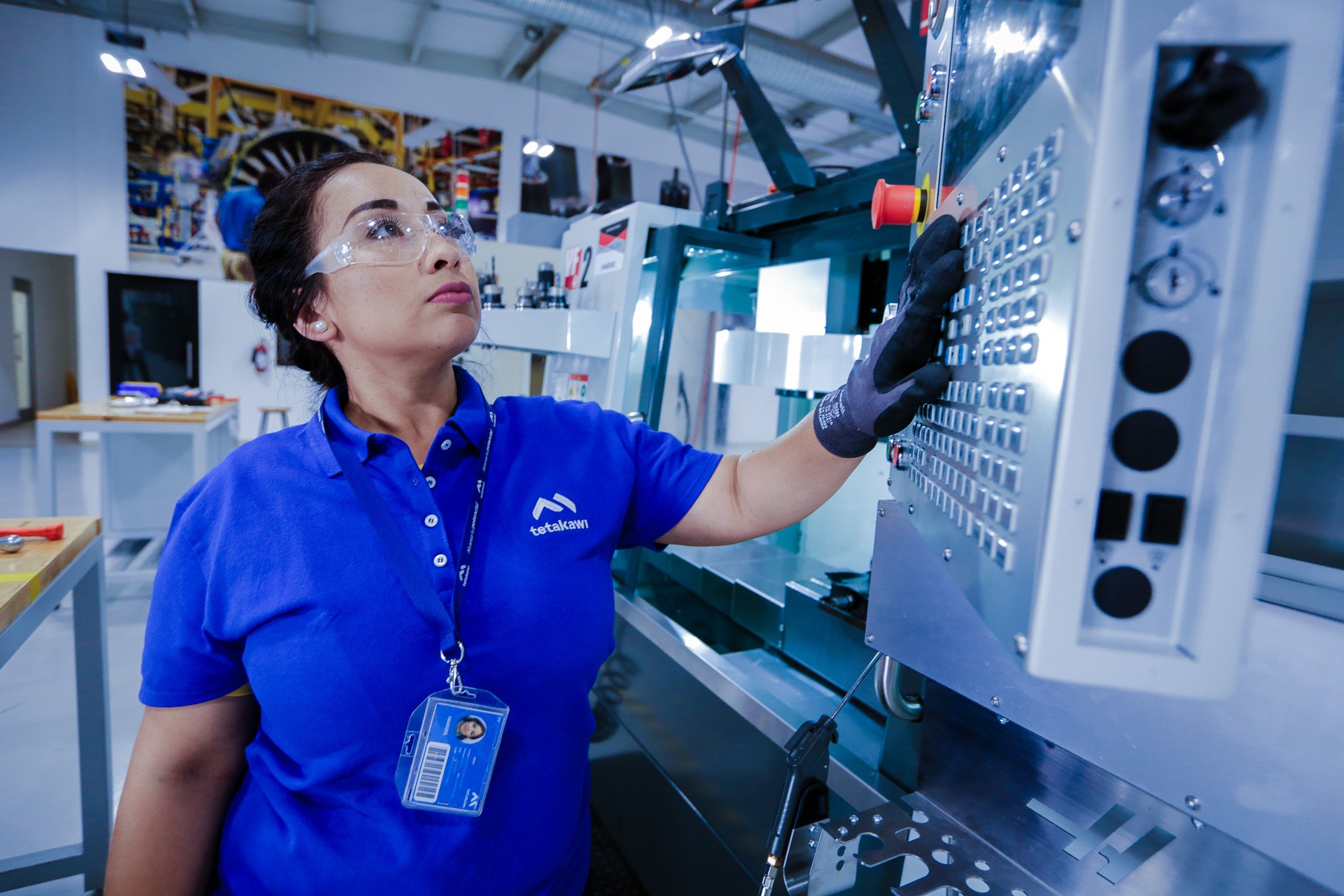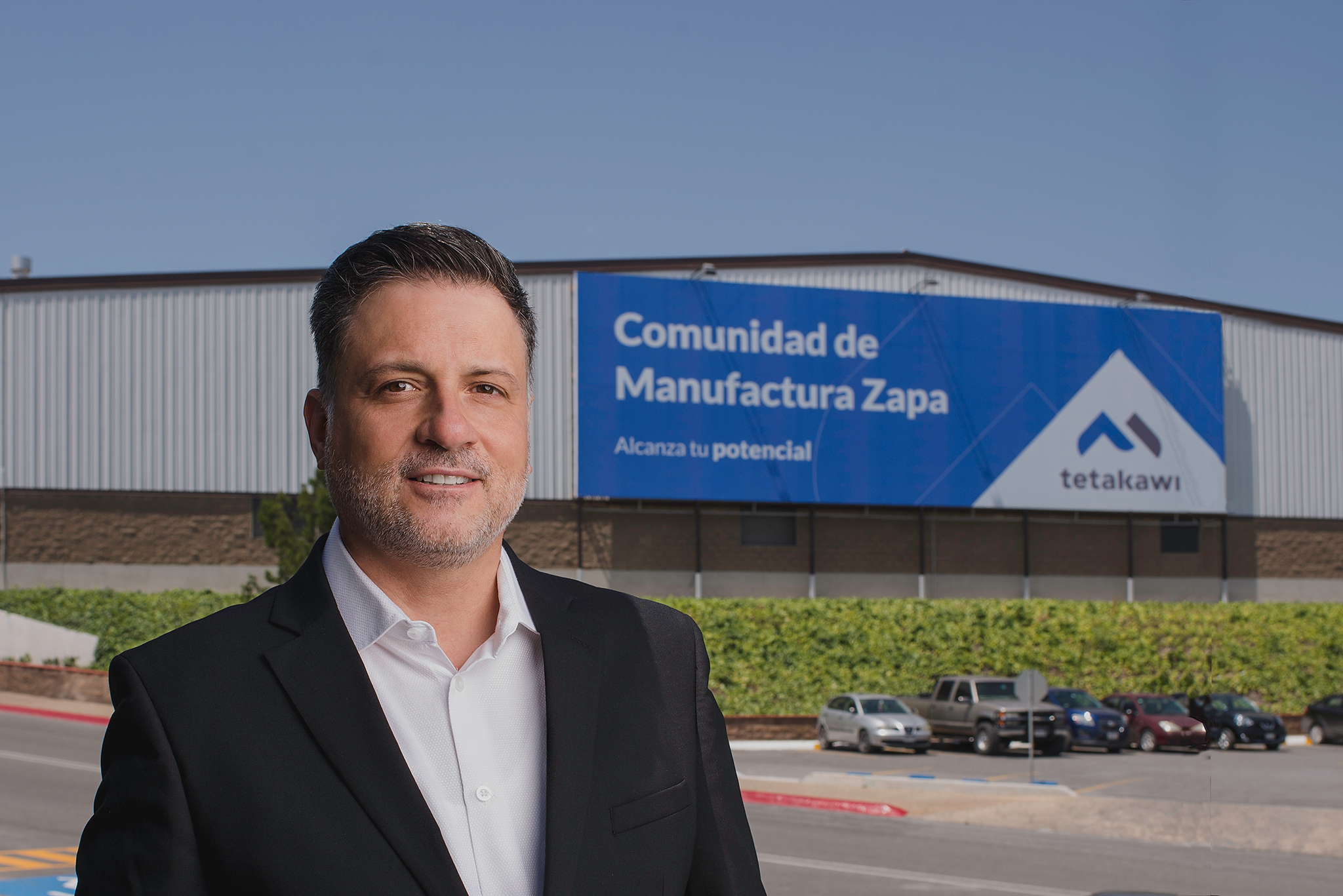After having recently sent promotional information to executives explaining the benefits of locating a manufacturing plant in Mexico under The Offshore Group’s Shelter Plan, one party provided this very direct feedback:
“You people are the demons of the American economy. Go to hell all of you, and those just like you!!”
To individuals that view the economic relationship of production sharing that has existed since the mid-1960s between U.S. manufacturers and their counterparts in Mexico's maquiladora industry through a “zero sum” prism this is a logical, and, from their perspective, a factual statement. This mindset believes that executives involved in locating a manufacturing plant in any place other than the U.S. are engaged in the moral equivalent of economic treason, as are the people and companies that facilitate their doing so.
There is, however, an entirely different side to this coin that many people completely overlook, or are unaware of:
Since the inception of the maquiladora industry, the percentage of components incorporated into products whose final assembly takes place in Mexico that have their origins in U.S. production facilities has been in the in the low nineties. Several state and local economic development agencies, especially those located in geographies that abut the U.S. - Mexico border promote and administer Maquiladora Supplier Programs for the purpose of enhancing the ability of local businessmen and women to sell their goods and services to manufacturing facilities that are located on the border and, increasingly, in the interior of Mexico.
At the beginning of this century, we saw the movement of manufacturing from not only the U.S. to China, but from Mexico to China, as well. In the latter circumstance, U.S. suppliers to Mexican production facilities were negatively affected by this phenomenon. When a manufacturing plant is located in Mexico, U.S. companies comprise a significant part of such a production facility's supply chain. When a company has its production in China, the lion’s share of the inputs to production in the elaboration of a final product are sourced in the Far East.
We will witness a rise in labor costs in China, as well as the same as regards the cost of transporting goods from that country for the foreseeable future. Today we are experiencing the beginning of a positive trend: these changing circumstances have provoked some of the firms that migrated a decade, or more, ago from North America in pursuit of Far East cost savings to begin to “re-shore” their manufacturing to the U.S. Others making the trek back from China will inevitably “near-shore” work to Mexico. Both outcomes constitute economic gains for the United States. The former situation creates jobs in companies manufacturing end user products, while the latter creates manufacturing jobs in companies that become a part of the supply chain that provides inputs into Mexican production.
Another issue to consider is price competitiveness. If a manufacturer is not price competitive in its offerings to consumers, or to its B to B customers, there is a higher than likely chance that it will be obliged to close its doors, and send its employees home.
In order to be able to put a product on a shelf and in the market that is able to compete with those that originate in low-cost countries such as China, India or other nations, many American companies locate a manufacturing facility in Mexico. Very few companies (I am limiting this statement to observations that I have made in twenty years of involvement with the Mexican maquiladora industry) shut down and shutter their U.S. facilities lock, stock and barrel. In most instances, companies combine resources found in Mexico and the United States in a way that results in their maintaining the ability to produce and to sell a price competitive product. Some processes that make sense to do, from a perspective of comparative cost advantage, in the U.S. are performed using domestic technical and labor resources, while others, that are performed with greater economic viability in Mexico, are executed south of the border. Since the company has used resources in both countries to make a product that can compete and be sold for profit in the marketplace, it stays in business and maintains its U.S. payroll.
The utilization of resources in Mexico has also enabled U.S. companies to bid on high volume manufacturing contracts that, if all operations and processes were done domestically, they would have scant chance of winning. U.S. companies with Mexican subsidiaries can win such contracts, and, as a result, create an increased demand for skilled, well-paid individuals in the U.S. to fill positions in areas such as design and engineering, because of their use of a combination of resources available to them in both countries.
An important issue upon which locating a manufacturing facility in Mexico impacts in a positive sense domestically has to do with South- North migration. There is nothing better to influence a person to stay and live in his or her home country with family and friends than a job. Mexican manufacturing facilities employ hundreds of thousands of workers. Without the positions that companies locating a manufacturing facility in Mexico create, many of the country’s citizens (mostly a younger demographic) would no doubt migrate illegally to the United States. The existence of industry in Mexico has the effect of reducing the movement of human traffic northward, and, thereby, helps to lessen the burden of the costs that illegal immigration imposes on the United States.
Looked at through the narrow intellectual prism of a “zero sum” mentality, people who invest in manufacturing in Mexico, as well as those that facilitate such activities, could be called the “demons of the American economy.” A closer examination of the issue will, however, reveal that the location of a manufacturing facility in Mexico results, in many instances, in outcomes that impact the U.S. in a positive manner.
Subscribe
Sign up and stay informed with tips, updates, and best practices for manufacturing in Mexico.



.jpg)

